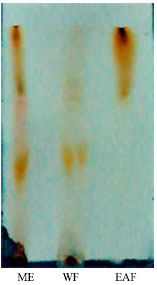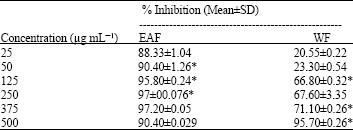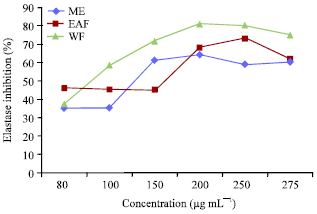Research Article
Anti-hyaluronidase, Anti-elastase Activity of Garcinia indica
Department of Botany, Kelkar Education Trust�s V.G. Vaze College of Arts, Science and Commerce, Mithagar road, Mulund (E), Mumbai 400081, India
Manjushree Deodhar
Department of Botany, Kelkar Education Trust�s V.G. Vaze College of Arts, Science and Commerce, Mithagar road, Mulund (E), Mumbai 400081, India












